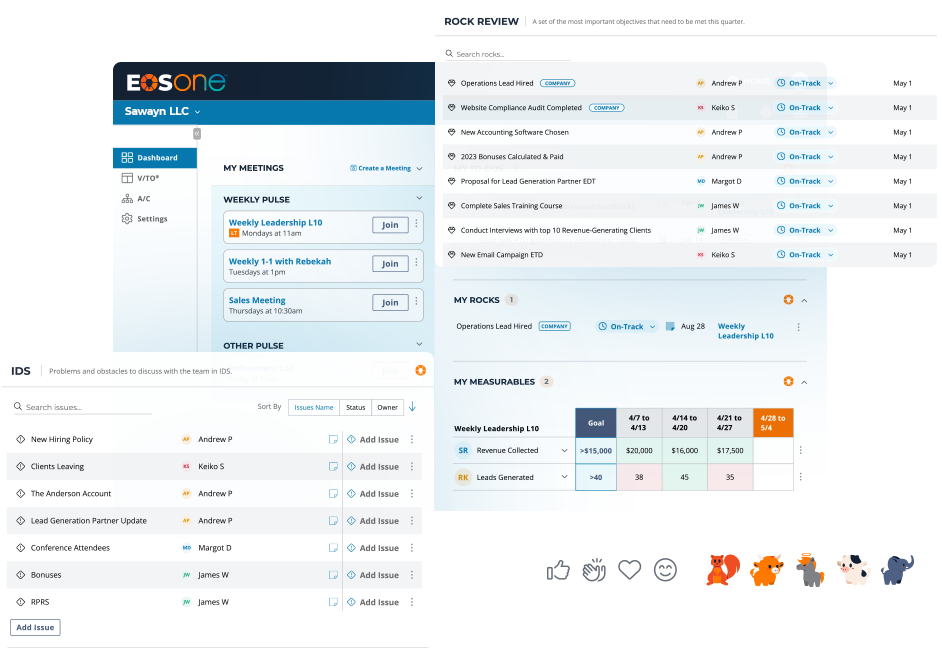Certified EOS Implementor® and Exit Planning Advisor Franck Saragossi recently sat down to discuss key insights on planning a successful business exit strategy. Franck defines the steps to transfer ownership, ensure a smooth transition, maximize the business’s value, and meet the personal and financial goals of the owner. He also emphasizes the importance of taking care of your people during this period, ensuring the welfare and future of employees and their families.
Franck notes that the business world is facing a critical apex where a tremendous amount of wealth is tied in with a transitioning generation. Baby boomers are coming to an age when they’re preparing for exits and transitions, and the vast majority — about 75% — are business owners. Another surprising statistic is that approximately 10,000 baby boomers are retiring every day. “That’s a huge amount of people,” Franck said. “Imagine the trillions of dollars that are locked in their businesses that could be unlocked for the benefit of themselves, their families, their employees, their communities. They really have the ability to make an impact in the world.”
Keep reading for his top takeaways and visit Franck’s YouTube Channel for the related video series.
Q: What are the key components of an exit planning strategy?
A: Exit planning has three stages. Stage one is the Discovery phase. Stage two is Prepare, and stage three is Decide.
Discovery is all about understanding where the business owner is and is not. When you look at it from a readiness perspective and an attractiveness perspective, it’s important to get an assessment of both the business and the person. This ties in with the valuation: You come out with a comprehensive understanding of what your business is worth.
Determining whether you are ready is the next phase. Prepare is all about two parallel tracks, preparing yourself for the next stage and preparing your company to unlock the full value of your business. Then you move into phase three. Decide is being able to say, “Hey, do I know what my personal life would look like when I exit? Am I ready to do that transition or not? And is my business at the point where I’ve maximized the value to unlock the next step so that I can continue living the life that I want to live after selling or exiting?
All three stages are very well defined with milestones and a process that you can measure along the way. The entire exiting process typically takes three to five years, which is excellent in terms of bringing people along and preparing them for the transition. It’s not a simple transaction that’s going to happen overnight. It takes time to unlock, it takes time to maximize value, and it takes time to ensure that you’ve built a team that will continue to lead the business to success — while also taking care of employees and their families along the way.
Q: How does EOS benefit the development and execution of an exit planning strategy?
A: In the Discover phase we have clear metrics of what best-in-class looks like. So we can benchmark against what a company of your size should achieve in an exit. We know what to do in terms of profit, revenue, and ultimately the wealth gap that it would bridge.
The EOS process provides tools to do three things: Vision, traction and health.
Vision is clearly defining who we are, where we’re going, and how we’re going to get there. Traction makes sure that we have clarity, accountability, and discipline so that everybody focuses on executing that vision. And the third, team health, ensures that everybody collaborates and communicates well so that we can succeed as a team. Because, at the end of the day, if you don’t have the right team, you can have the best strategy, but it’s not going to get executed.
Q: Why is it a good idea to have an outside expert facilitator?
A: It’s very difficult to disassociate yourself from a business that you own. If you’re the founder, you’ve built it over several years, and it’s like your baby. So an outside facilitator serves as a third-party observer who can look from the outside in and bring up topics that may be uncomfortable for other people to discuss.
A facilitator has no dog in the fight. They’re comfortable stepping into the danger zones where other people may not want to step because of some relationships or some dynamics. But the outsider is willing to observe different things going on, sometimes it can be dysfunctions, and bring them to light, asking, “Okay, how do we resolve this?”
That’s really the beauty of an outside facilitator. It’s a third-party observer who’s focused on what’s good for the business, and not what’s good for an individual, or a department, or a family member. An expert facilitator also enables you to move faster along the exit path. There’s an accountability that comes with a facilitator who’ll hold you accountable for doing what you say you’re going to do.
Q: When thinking about an exit, what are some of the things that business owners do wrong? How do EOS and a certified facilitator help avoid those missteps?
A: Oftentimes, one of the things that business owners fail to do is to look at the exit objectively. Transitioning is not an easy topic. Sometimes they wait till the point where they are burnt out, or they’re at the age where they are set in their ways and not willing to make the necessary changes. Second, is starting the process early and saying, “Okay, I think that in five years I want to get out of the business.”
Planning an exit is not necessarily tied to an actual exit. Really, it’s a good business strategy because you never know if something significant is going to happen. So, plan for the unexpected ahead of time, understanding that having a solid strategy gives you options. It ensures that your business can run without you being in it.


